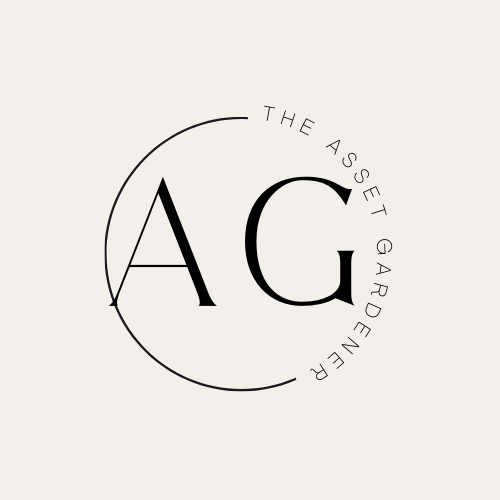
Understanding Tokenized Money Market Funds and Their Implications
Tokenized money market funds (MMFs) are revolutionizing the way institutions handle liquidity. As blockchain-based tokens that mirror traditional MMF shares, they introduce several advantages, including programmable collateral and rapid settlement, all while maintaining the fund’s original legal structure. This hybrid model is gaining traction, with industry giants like Goldman Sachs and Franklin Templeton actively piloting these funds, reflecting a growing confidence in the potential benefits.
Recognizing New Cybersecurity Threats
However, innovation often brings new risks. Traditional MMFs operate in closed, regulated ecosystems, whereas tokenized MMFs interact with public and semi-public blockchains. This exposure opens up avenues for cyberattacks, like smart contract exploits and key theft, that were less relevant in traditional systems. The DeFi world has already seen massive losses due to such vulnerabilities, making it essential for institutions to rethink their approach to cybersecurity.
Six Essential Safeguards for Institutions
Institutions looking to harness the advantages of tokenized MMFs must implement critical cybersecurity measures. These can include:
- Audited Smart Contracts: Regular checks by independent auditors to detect vulnerabilities.
- Key Management Best Practices: Implementing multi-signature wallets and hardware security modules to secure private keys.
- Certified Custodians: Partnering with regulated custodians who are transparent about incident disclosures.
- Dual-Sourced Oracle Infrastructure: Using multiple independent oracle providers to mitigate risks of failure.
- Redemption Circuit Breakers: Setting up automated halts in transaction processing during anomalies.
- Employee Training: Conducting thorough training on digital asset management, including phishing awareness and blockchain training.
The Role of Regulation in Cyber Risk Management
With regulators around the globe tightening their grip on digital assets, early movers in adopting robust cybersecurity measures will not only enhance their compliance but also build trust with clients and investors. It’s imperative for businesses to start preparing now rather than waiting for regulatory mandates, as proactive measures can safeguard against significant financial losses and protect reputations.
Your Next Steps in Cybersecurity Management
As tokenized MMFs become more prevalent, each institution’s approach to cybersecurity must evolve. Organizations should incorporate continuous education for staff about the nuances of blockchain and digital finance. By fostering a security-focused culture, institutions can significantly reduce risks associated with tokenized MMFs.
 Add Row
Add Row  Add
Add 




Write A Comment